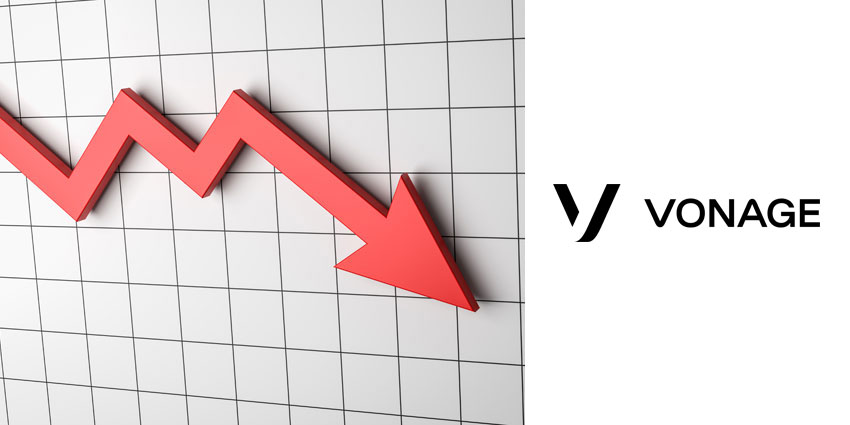Call queues get a notoriously bad rep when it comes to impacting the customer experience. But are call queues really as protracted and problematic as they appear? What are the psychological drivers influencing how customers respond to waiting in a queue?
Research suggests that call queues may actually be shrinking with time, despite customers reporting a poorer CX. A 2020 report found that callers faced a 53% shorter wait last year at just 37 seconds per call, vs. an average queue length of 79 seconds in 2019. It’s only when you understand the reasons behind the widespread hatred for call queues that you can better gauge its correlation with CX – inevitably, it’s not always about queue length.
- Customers perceive wait time at a pace different from the actual wait time
We have always faced this at some point in our life. Time seems to slow down when standing in a line or waiting for something to happen (e.g., waiting for the traffic lights to change). It appears that we have been waiting for over a quarter of an hour, which is our perception of time when only a few minutes have passed. Call centre customers have the same experience, as the sense of urgency and the lack of distraction warps how time is perceived.
- Customer’s readiness to wait varies hugely from one personality type to another
There’s no one-size-fits-all acceptable wait time. While average queue lengths in 2019 and 2020 were around 1.5 minutes and 37 seconds respectively, other studies report that customers are open to waiting for up to 13 minutes at a stretch. This depends entirely on the industry you’re in, the reasons for the call, the customer’s prior interactions with the company, and, ultimately, the customer’s personality.
- Occupied time usually passes by faster
Similar to the first point, the utilisation of a time period has a lot to do with how it is perceived. For example, even if a live interaction lasts for a longer-than-average period, customers aren’t as likely to notice an unexpected delay in their wait time. Contact centres often make the mistake of leaving the wait time as a blank period, without any sound, music, or effort to engage the customer. This inevitably adds to customer frustration.
- Complex IVR menus will befuddle the customer, especially when they don’t work
IVR menus often greet the customers with a lot of promise but fail to live up to their expectations, as there is no support beyond the most basic queries. A customer who has spent time laboriously navigating your IVR menu, only to end up in a 10-minute queue time before reaching a live agent, will feel a sense of frustration and injustice.
- The quality of CXawaiting them makes it feel like the wait isn’t worth it
Deloitte observed that 1 in 5 customers would pay 20% more for a personalised product in a definitive survey. This indicates customers’ willingness to invest in exchange for value, which is equally applicable to their time. However, a history of poor CX will have a counter effect and incite a feeling of anger and hatred among customers.







